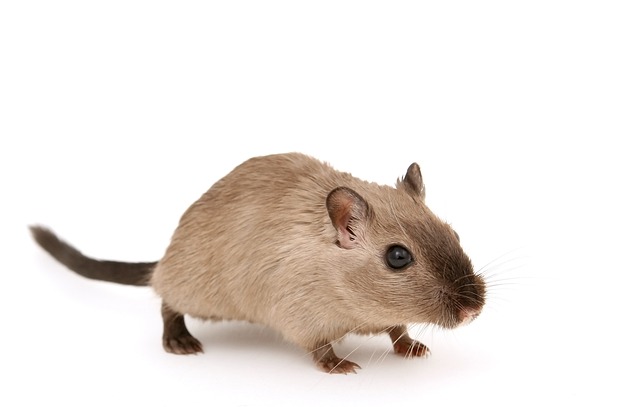



One of the first physical characteristics that can help differentiate a male hamster from a female is their size and weight. In general, male hamsters tend to be slightly larger and heavier than females. This difference in size is more noticeable in certain species, such as Syrian hamsters, where males can grow up to 6 inches in length and weigh around 6 ounces, while females are usually smaller, reaching about 5 inches in length and weighing around 4 ounces.
Another physical characteristic that can be used to differentiate male and female hamsters is their body shape. Male hamsters typically have a more elongated and muscular body shape compared to females. Their bodies are often more streamlined and they may appear more robust. On the other hand, female hamsters tend to have a rounder and plumper body shape, especially when they are pregnant or nursing.
The most reliable way to determine the sex of a hamster is by examining their genitalia. Male hamsters have a pair of testicles located near their anus, which are usually visible as two small bumps. In addition, they have a small protrusion called the penis, which is located just below the anus. Female hamsters, on the other hand, have a genital opening located just below the anus, but they do not have visible testicles or a protruding penis.
In some hamster species, there may be differences in fur color and markings between males and females. For example, in Syrian hamsters, males often have a darker and more vibrant fur color compared to females. They may also have more prominent markings, such as a darker stripe down their back. However, it's important to note that fur color and markings can vary greatly between individual hamsters, so this characteristic alone may not be a reliable method of sex determination.
While not a physical characteristic, there are also behavioral differences that can help differentiate male and female hamsters. Male hamsters tend to be more territorial and aggressive, especially towards other males. They may display more dominant behaviors, such as scent marking and territorial aggression. Female hamsters, on the other hand, are generally more social and less aggressive. They are often more tolerant of other hamsters, including males, especially during breeding periods.
Examining the reproductive organs of a hamster can also provide clues about their sex. Male hamsters have a pair of testicles, which are usually visible as two small bumps near the anus. They also have a small protrusion called the penis, which is located just below the anus. Female hamsters, on the other hand, have a genital opening located just below the anus, but they do not have visible testicles or a protruding penis.
Another characteristic that can help differentiate male and female hamsters is the age at which they reach sexual maturity. In general, male hamsters reach sexual maturity earlier than females. Male hamsters can become sexually mature as early as 4-6 weeks of age, while females usually reach sexual maturity around 6-8 weeks of age. However, it's important to note that the age at sexual maturity can vary between different hamster species and individual hamsters.
Observing the breeding behavior of hamsters can also provide clues about their sex. Male hamsters are often more active and vocal during breeding periods. They may display courtship behaviors, such as chasing and mounting the female. Female hamsters, on the other hand, may exhibit receptive behaviors, such as standing still and allowing the male to mate with them. However, it's important to note that not all hamsters will display these behaviors, especially if they are not in a breeding environment.
One of the most obvious physical characteristics that differentiate male and female hamsters is their ability to become pregnant and nurse their young. Female hamsters have a reproductive system that allows them to conceive and carry a litter of pups. They will show physical signs of pregnancy, such as a swollen abdomen, and will eventually give birth to a litter of baby hamsters. Male hamsters, on the other hand, do not have the ability to become pregnant or nurse their young.
Lastly, when comparing male and female hamsters, there may be subtle differences in their overall appearance. Male hamsters may have a more pronounced and angular face compared to females. They may also have a more prominent scent gland located on their abdomen, which appears as a small, dark spot. Female hamsters, on the other hand, may have a rounder and softer facial appearance.
In conclusion, there are several physical characteristics that can be used to differentiate a male hamster from a female. These include size and weight, body shape, genitalia, fur color and markings, behavioral differences, reproductive organs, age at sexual maturity, breeding behavior, pregnancy and nursing, and overall appearance. By considering these characteristics, hamster owners can accurately determine the sex of their pets.
Leave a Reply
Related posts